Vegetables that Grow Well in Shallow Containers
While container gardening offers a good alternative to conventional backyard gardening, some plants need very large containers. So, what do you do when all you have are small, shallow containers, windowsills, window boxes, and other smaller spaces?
Well, not all plants need deep soil to thrive. Yes, the recommended depth is 12 inches, but some plants will do just fine in 6-inches or 8-inches deep soils. So read on to find out the vegetables that grow well in shallow containers.
Leafy vegetables such as lettuce and kales do well in shallow containers. It also comes down to the roots. Vegetables with fibrous roots can grow in shallow containers since the roots can spread sideways and grow in shallow soil.
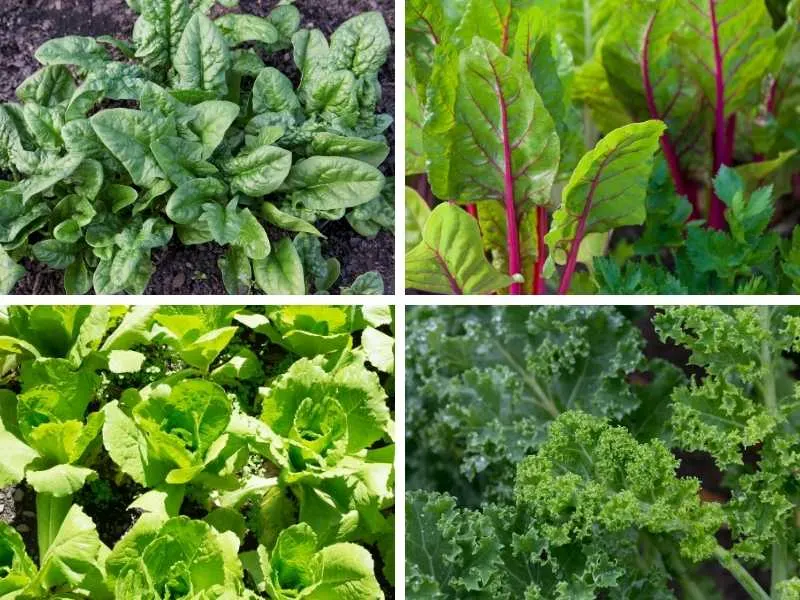
Vegetables with taproots, such as carrots, will not do well in shallow containers since the roots take up more space, and sometimes they grow deep.
Before we discuss the plants, below are some tips for growing vegetables in shallow containers.
Related Articles:
- What Vegetables Grow Well Together in Containers?
- What Vegetables Can You Plant in 5 Gallon Buckets?
- Can You Grow Cucumbers in a 5 Gallon Bucket?
- 10 Best Vegetables for Raised Beds
Which is the Best Soil for Growing Vegetables in Shallow Containers?
Since there’s limited room for the plant to grow, you need to be careful with the soil you use in shallow containers.
The soil in your garden may not have the best water-retention qualities, as well as nutrients.
So it would be best to use fine potting soil. Potting soil has the proper nutrients and water retention necessary for the shallow depth.
Tips for Growing Vegetables in Shallow Containers
Growing vegetables in shallow containers isn’t different from doing so in normal container sizes.
Below are some helpful tips for shallow container gardening.
- Ensure the containers have enough drainage holes.
- Fill the containers to the brim with potting soil.
- Plant the seedlings and make sure they get enough sunlight during the first few hours according to the plants’ requirements.
- If you don’t get enough sunlight, consider LED grow lights.
- Water frequently since the soil may not retain a lot of water. But be careful not to overwater. Ensure the soil is dry by checking with your fingers before watering again.
- Feed the plants adequately with organic fertilizer.
Best Vegetables to Grow in Shallow Containers
As mentioned earlier, the best option is to plant leafy vegetables in shallow containers. But you can plant other types as long as they have fibrous roots.
Below are some of the best vegetables to grow in shallow containers.
Kale
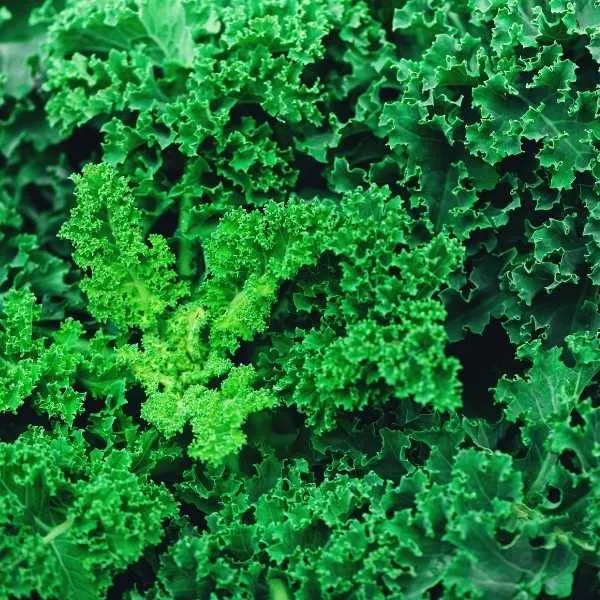
Kale is a cool-weather choice that grows well in shallow containers. However, they may never grow as large as they would in deeper soils.
Kale also loves nitrogen, so feed them with organic fertilizer or manure to make sure they get enough nitrogen.
If you go for baby kale, space them one inch apart in 4-inches separate rows. Better still, you can grow them in a grid, two inches apart.
For larger kale, leave more space for the plants, referring to manufacturer instructions.
Plant the seeds no deeper than half an inch and make sure the kale gets enough sunlight throughout the day.
Once leaves get to the size of your hand, trim them at the base. This will create room for more leaves to grow. Still, you can let the leaves grow larger or harvest the entire plant if you wish.
Green Onion
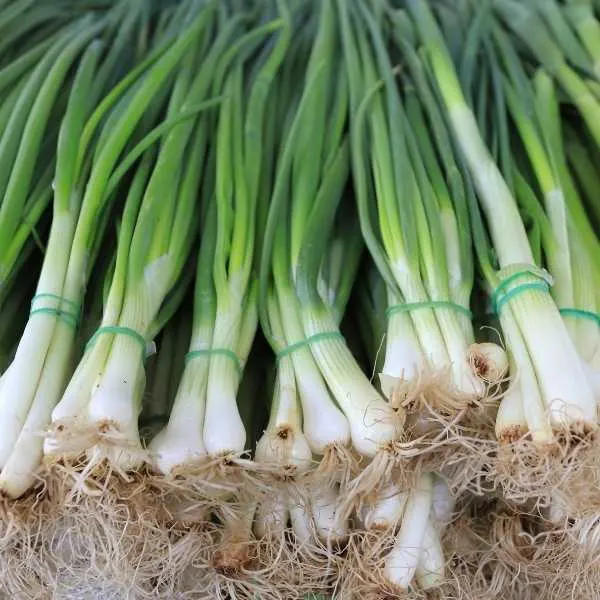
Green onions are easy and quick to grow, and they don’t take much space. Provide the green onion plants with soil that is not too acidic and drains well.
For best results, mix in a 2- or 3-inch layer of compost. Green onions flourish when the weather remains between 20 to 25 degrees Celsius (68 and 77 degrees Fahrenheit)
Space your green onions between 1 and 1.5 inches apart and plant half an inch deep.
Ensure the soils are damp when the plants are still young. When they’re all grown, water at least 18 inches deep every week.
Spinach
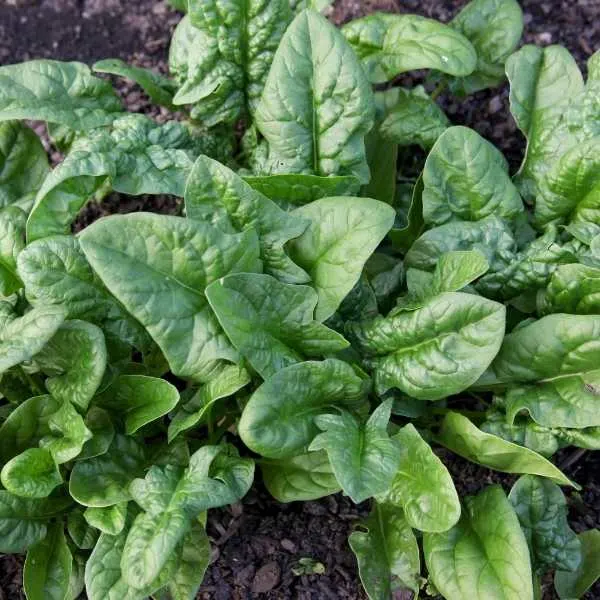
Spinach is another good vegetable you can grow in a shallow container. You can practically grow spinach at any time of the year, though some do better in spring while others grow well in winter.
Spinach prefers a pH between 6.0 and 7.0. Therefore, you should check for that before sowing your seeds.
Use a container that is at least 6 inches deep, with a large surface area. Also, space the spinach plants between 2 to 5 inches apart.
Use a slow-release fertilizer regularly, and always water your spinach whenever the soil seems dry.
Locate your spinach in a sunny place but provide shade if the temperatures rise above 80 degrees.
Your spinach is ready for harvesting once they develop 5 to 6 leaves, normally 40 to 45 days from the time you plant them.
Better still, you can apply cut-and-come-again harvesting to let your spinach continue growing after your harvest. Just ensure that you leave a third of the leaves.
Lettuce
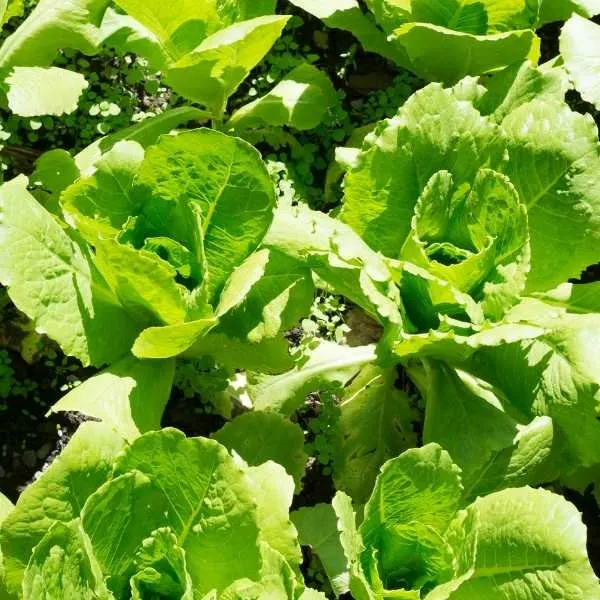
You can use lettuce for so much more than just salads. And the good news is that lettuce can grow in shallow containers, especially the leafy varieties.
With that in mind, avoid the Romaine or crisp-head varieties.
Plant in spring, and for continuous harvest, sow after every 10-14 days. A 5-10-10 fertilizer works great for lettuce since they don’t need lots of nitrogen.
Ensure the plants get enough water, and make sure they get direct sunlight for at least 6 hours a day.
For all the varieties, you can apply cut-and-come-again harvesting to let your plants continue growing after harvest.
Cut the leaves individually from the base of the plant as you move inside and up. Also, leave at least a third of the leaves on the plant when harvesting. This creates room for more leaves to grow.
Swiss Chard
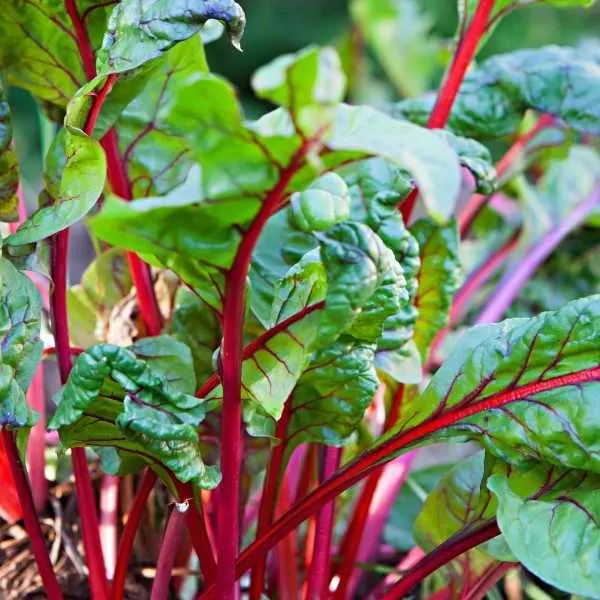
Swiss chard is a very nutritious salad vegetable that you can easily grow in shallow containers.
Make sure they get enough sunlight and plant them in well-drained soil.
Plant your chard 3 inches apart and half an inch deep. When the seedling reaches a few inches tall, trim them so that they can be 10-inches apart.
However, the number of Swiss chard you plant is dependent on the size of your container. Hence you can grow 1 or 2 in a container.
More Vegetables that Grow in Shallow Containers
- Watercress
- Mustard Greens
- Microgreens
- Garlic
- Parsley
- Broccoli RAAB
- Arugula/Rockets
- Baby Bock Choy
- Mizuna
- Sweet peppers
- Mint
- Rosemary
- Chives
- Oregano
Conclusion
A shallow container means less soil, limited room for growth, and limited water retention capabilities. Once you’re able to compensate for these issues, you can comfortably plant your vegetables. You should also pay attention to the roots. If they grow deeper than the container’s depth, then don’t plant them. But as we’ve seen, even though you have shallow containers, you can grow enough veggies to spice up your meals and make great salads.

